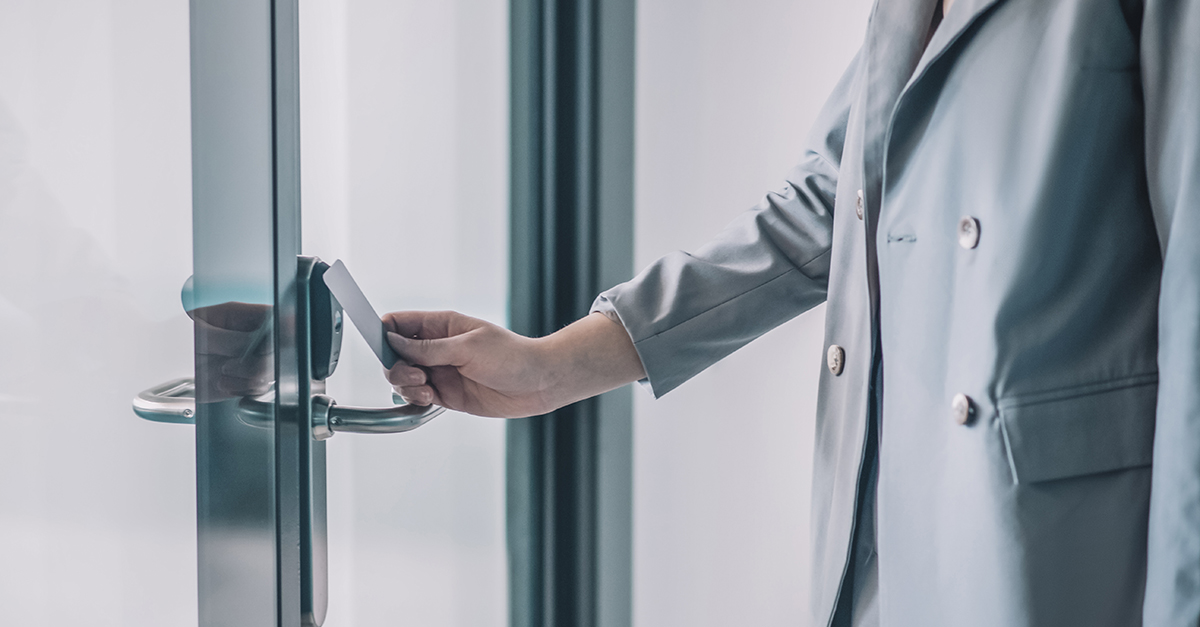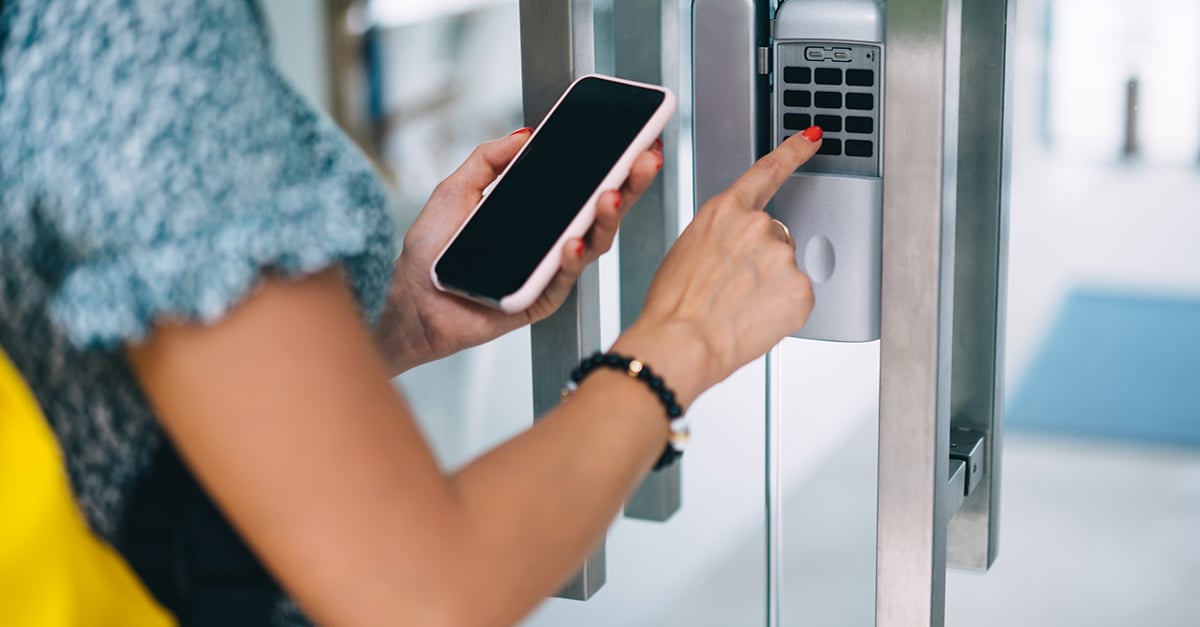
It’s easy to neglect physical security in the digital age. With increasing dependence on the internet, there is a greater focus on cybersecurity. But the best antivirus software in the world can’t protect your facility from sabotage, terrorism, and physical theft. This is why securing your resources at the physical level is just as important as protecting your networks from cyberattacks.
The rise of civil unrest and security breaches have made many executives concerned about physical threats. In a 2021 Ontic Center for Protective Intelligence report, 64% of respondents reported an increase in physical threat activity that could impact business continuity. In this post, we’ll discuss five essential physical security measures to keep your organization safe.
What is Physical Security?
Before we talk about ways to improve your company’s security systems, let’s begin our discussion with a definition of physical security. Every organization needs to secure its building from intruders and safeguard the equipment inside from unauthorized access. To do this, you must keep unwanted people out, and only allow approved personnel to get near sensitive assets.
Physical security refers to measures that protect your facility, hardware, software, networks, data, and personnel from harm. These harms can come from external parties, insider threats, and even accidental damage. The most effective organizational security controls rely on a combination of technological and human resources to create a safe workplace environment.
Why is Physical Security Important?
As institutions undergo a digital transformation, data breaches are becoming the top security threat for most organizations. The compromise of information systems can expose proprietary trade secrets, classified government data, or consumers’ personally identifiable information (PII), all of which inflict devastating consequences on the parties involved.
Ensuring that your network and its components are protected at the physical level is necessary to avoid data breaches. According to the Ponemon Institute’s 2020 Cost of a Data Breach Report, 10% of malicious data breaches are caused by a physical security compromise. Adopt the security best practices below to safeguard your facility and its systems from attacks.
Implement Robust Access Controls
Cybersecurity systems can’t protect your assets from on-site threats. Relaxed security controls can make it easier for unauthorized individuals to enter privileged locations. If unauthorized personnel gains access to your server room, they can do enormous damage. An intruder can steal your hard drives or download malware directly onto the servers, resulting in a catastrophic data breach.
To bolster your company’s security systems, you must upgrade your access controls. Traditional physical security measures like PINs or key cards can be stolen and used by others to gain unauthorized entry. By relying on the unique biometrics of an individual, facial access control systems provided by Alcatraz AI ensure that only approved employees can work with high-value assets.

Conduct Video Surveillance
Restricting access to high-risk sites is vital for an organization’s security. But in many instances, someone who has authorized access can misuse their privileges. While you should look out for intruders, you must also keep an eye on your employees. According to Verizon’s 2020 Data Breach Investigations Report, 30% of data breaches involve internal actors.
This is why adopting a surveillance system is crucial for your physical security. Surveillance cameras are a great deterrent against criminal behavior. People are less likely to commit wrongdoings when they know they are being watched. Make sure your surveillance system is
equipped with video content analysis (VCA) technology so you can detect unusual activity.
Deter Social Engineering Attacks
Even with access controls and surveillance systems in place, many organizations are vulnerable to social engineering attacks. These attacks use manipulation tactics to trick people into making a security mistake. One of the most common forms of social engineering attacks is tailgating. This is when an unauthorized individual follows an authorized employee into a secure site.
Standard physical security measures can’t block tailgating. You need anti-tailgating technologies to combat this ever-growing threat. Designed with a tailgating intelligence system, the Alcatraz Rock can prevent these physical breaches. If a tailgater follows an authorized user into a secured area, the system alerts administrators in real-time so they can address the breach immediately.
Develop a Strong Security Culture
Tailgaters don’t always sneak in. In many instances, an unsuspecting employee holds the door open for unauthorized persons out of courtesy or fear of disrespecting a higher authority. No matter what technologies you deploy, the best company security systems can fail if your staff members don’t take physical security seriously.
Developing a strong security culture is critical to keeping your facility safe. That’s because every single person in your building affects your organization’s security. To foster a culture of security in your organization, train your staff to recognize risks and practice secure behaviors. A security-aware workforce can help you mitigate the risk of financial and reputational damage.

Set Up Multi-Factor Authentication
Object and knowledge-based access control systems are vulnerable to fraud. Key cards and PIN codes can be compromised, enabling unapproved parties to gain unauthorized access. This is where multi-factor authentication (MFA) can help. MFA requires more than one verification factor to grant access, reducing the likelihood of physical security breaches.
The Alcatraz AI facial biometric system can be easily integrated with your existing access controls to provide two- or three-factor authentication. Our solution is autonomous and works in real-time, providing a frictionless user experience. Once combined with your card or keypad reader, our system can verify the user’s face after looking for a successful card swipe or PIN entry to grant access.
Tighten Physical Security With Alcatraz AI
Distracted by the onslaught of data breaches, many organizations overlook the importance of protecting their assets physically. Relaxed physical security controls will expose you to property damage and theft. Since everything starts from the bottom, safeguarding your facility at the physical level should be the foundation of your overall organizational security strategy.
Tag(s):
Blog
Other posts you might be interested in
View All PostsSubscribe to email updates
Additional content around the benefits of subscribing to this blog feed.


